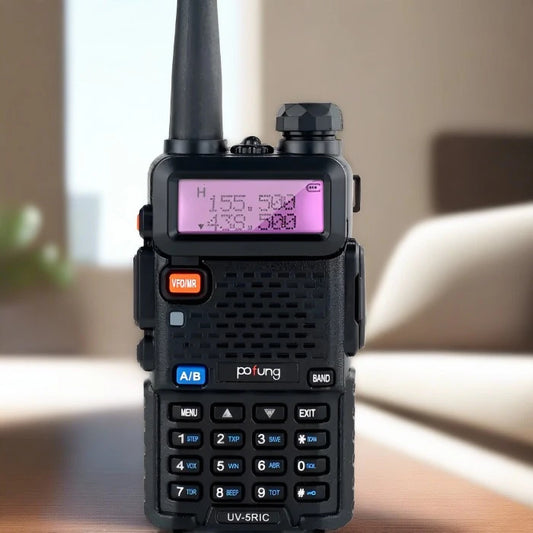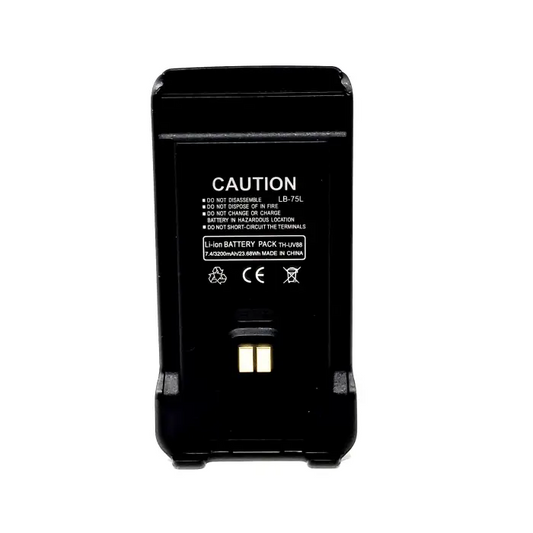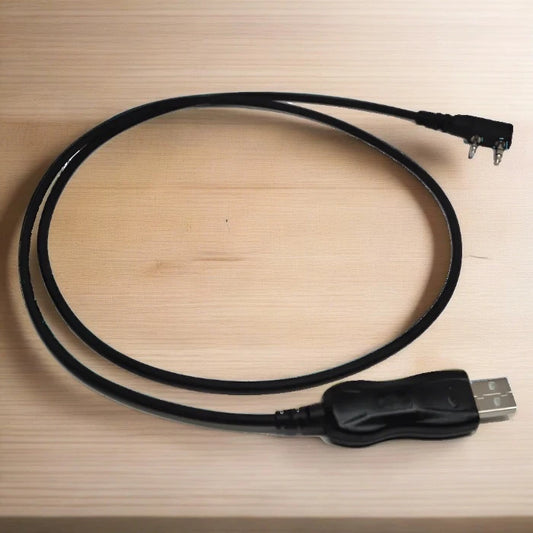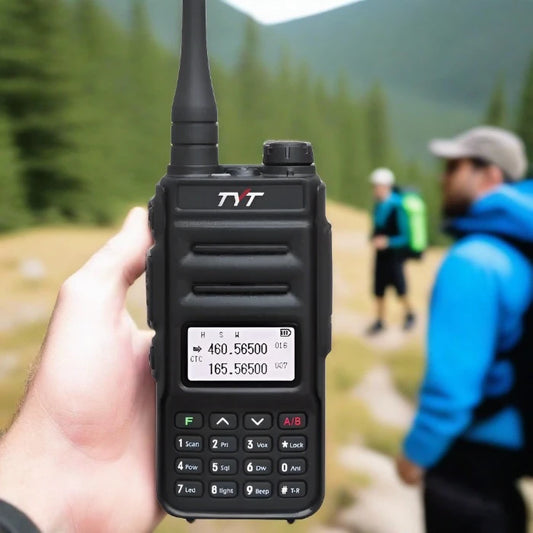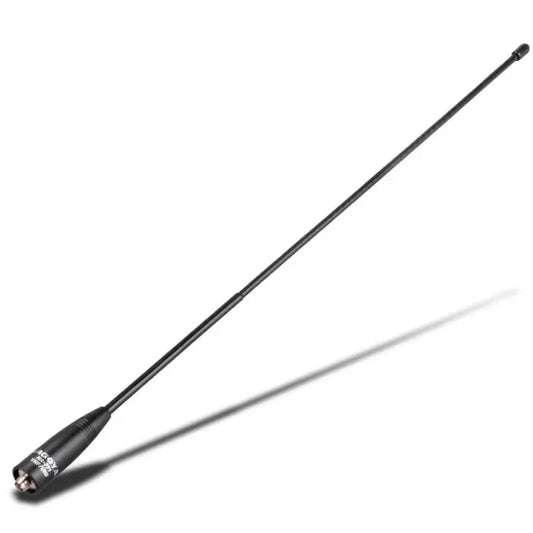Amateur radio, often referred to as "ham radio," is a fascinating hobby that allows enthusiasts to explore the world of wireless communication. Hams have access to a wide range of frequency bands, each with its unique characteristics and advantages. In this blog post, we'll delve into the 902MHz amateur ham radio band, also known as the 33cm band, to understand its history, capabilities, and its place in the world of amateur radio.
Understanding Amateur Radio Bands
Amateur radio operators, or hams, have access to a variety of frequency bands allocated by national and international regulatory bodies. These bands are divided into segments based on frequency, and each has its own set of rules and limitations. The 902MHz band, specifically, falls within the 33cm band, which ranges from 902 to 928MHz. It's one of the higher frequency allocations for amateur radio, and as such, it has unique characteristics that make it appealing to hams.
History of the 33cm Band
The 33cm band, where the 902MHz allocation resides, has been a part of the amateur radio spectrum for many years. In the United States, this band was allocated to amateur radio operators in the early 1990s. Prior to that, it was used for various other purposes, including industrial, scientific, and medical (ISM) applications, as well as amateur television transmissions.
Band Characteristics
The 902MHz amateur ham radio band has some notable characteristics that make it distinctive:
-
Line-of-Sight Propagation: Like many higher-frequency bands, the 902MHz band primarily relies on line-of-sight propagation. This means that signals travel in a relatively straight line, and obstacles like hills or buildings can block them. As a result, this band is ideal for local and regional communications.
-
Wideband Capabilities: The 33cm band offers a wide bandwidth, allowing for various modes of communication, including voice, data, and digital transmissions. Hams can experiment with different modulation techniques and digital modes within this band.
-
Technological Advancements: The 902MHz band has seen numerous advancements in technology, especially concerning digital modes and digital voice communication. This makes it an exciting playground for hams who enjoy exploring cutting-edge technology.
Operating Modes
Amateur radio operators can use a variety of modes within the 902MHz band, depending on their interests and the equipment they have available:
-
Analog Voice: Many hams use the 33cm band for analog voice communication using FM (Frequency Modulation). It's a straightforward and reliable mode for local conversations and repeater use.
-
Digital Voice: With the advent of digital voice modes like D-STAR, DMR, and Fusion, hams can now enjoy high-quality voice communication with features like text messaging and GPS tracking.
-
Packet Radio: Packet radio is a digital mode that allows for the exchange of text and data. It's popular among hams for activities such as emergency communications and remote telemetry.
-
Fast-Scan Television (ATV): Some amateurs use the 33cm band for amateur television transmissions. ATV enthusiasts can broadcast live video signals over this band, connecting with other hams in their local area.
Regulations and Licensing
Before you dive into the 902MHz band or any other amateur radio band, it's crucial to familiarize yourself with the regulatory requirements in your country. Licensing is generally necessary, and there are specific rules and power limitations for each band. Make sure to obtain the appropriate license and adhere to these regulations to operate legally and responsibly.
Conclusion
The 902MHz amateur ham radio band, part of the 33cm band, offers unique characteristics that make it an interesting and versatile space for amateur radio enthusiasts. With line-of-sight propagation, a wide bandwidth, and a range of operating modes, hams have the opportunity to experiment, communicate, and connect with fellow enthusiasts locally and regionally. Exploring this band can be a rewarding experience for those looking to expand their horizons in the world of amateur radio. So, if you're a licensed ham radio operator, don't hesitate to give the 902MHz band a try and see where your radio adventures take you.





